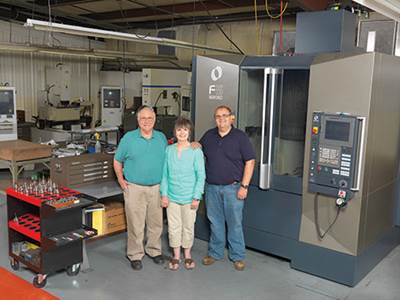Truly Smart EDM
Think ease of use, ergonomics and expertise when empowering your operators with the right EDM.
Have you found any good EDM operators lately? If so, count yourself lucky. If not, you probably know that you are not alone. The current scarcity of skilled labor facing the manufacturing industry is unprecedented. Even if you are fortunate enough to have a skilled EDM operator, what happens when that person gets sick or goes on vacation? Does your EDM department shut down or suffer delays?
Everyone is trying to do more with less, and it’s no different when it comes to EDM operations. Operators need to process more work faster, regardless of experience level. Ensuring that quality and productivity are maintained through operator absences and change-overs isn’t a bonus, it’s a business requirement.
Historically, in order to make a new operator fully proficient, specialized on-site or off-site training on the specific machine is required. For that same operator to truly learn the art of EDM work and the myriad of settings adjustment and machine maintenance procedures takes countless hours of on-the-job learning.
With the complicated nature of EDM work and the current labor issues facing the industry, how can companies make EDM truly work for them?
Ease of Use
The term “ease of use” comes to mind more with consumer goods and electronics, but it has lost much of its meaning. When you consider the typical EDM, claims of user friendliness are misplaced or have little benefit to a non-EDMer. Unlike the standardized FANUC control interface used commonly in milling machines, EDM interfaces are typically unique and proprietary, and switching between brands of EDM machines may require retraining of even the most experienced operator.
So, rather than manufacturers coming together to develop a new standardized interface, why not look to what people are already familiar with using?
The consumer electronics industry provides an excellent model on which we can capitalize: the intuitive and friendly touchscreen tap/drag/pinch interface of all modern smartphones and tablets. By leveraging this ubiquitous interface design, we can create something that anyone can immediately feel comfortable using and exploring. Once the learning curve for simply understanding how to interact with a new interface is removed, a user with no knowledge about a particular machine, or even EDM in general, can very quickly orient him or herself.
With text, audio and video training available on virtually any aspect of the machine, including maintenance and operation, the answer to any question is literally at the operator’s fingertips. In this way, a new operator can almost immediately move from learning how to do things on the machine to learning how to do things with the machine. A machine control interface with intuitive functionality and extensive on-board training and support materials helps make an operator’s transition to any new machine a non-issue, and avoids the interruption to productivity that accompanies off-site training.
While specialized training is still advisable and recommended to achieve maximum efficiency and throughput, on-board training and tutorials are excellent educational resources that can help maintain productivity during operator change-over or when a lead operator is out.
Ergonomics
As with training, maintenance procedures can benefit from the integration of advanced interfaces built on full PC platforms. Not only can machines equipped with such interfaces supply information on how to perform various maintenance tasks with text, photos, audio and video, they can also intelligently track all maintenance performed along with machining hours. Alerts about required maintenance then can be tied directly to instructions on how to perform the work.
Imagine receiving an email during lights-out machining over the weekend, alerting you that maintenance is required on the upper head on your machine. On Monday morning, you bring up an image of the machine on the touchscreen showing a callout that the upper head needs attention, then tap the screen to go directly to a video demonstration of what you need to do. No hours to track and no printed manual to find and consult. The operator received an alert and access to a quick demonstration video precisely when the maintenance was needed, right at the machine, one tap away.
Another aspect of maintenance that can be greatly impacted by conscious design for ease of use is physical access to the required areas. Access doors should be designed so that operators can take care of complete maintenance tasks quickly and easily, while also minimizing any safety risks.
Water filter change is another maintenance activity that can benefit from design consideration. Many machines use flooded water filters and require removal of the dripping-wet, heavy filter for replacement. Machines designed for ease of use might have an air purge function to automatically remove water from the filter prior to changing, reducing the effort needed for the change-out. This gets the machine back up and running faster, while also significantly reducing safety hazards and accident risk due to a wet floor near the machine.
Along with maintenance, everyday operations can be greatly improved when a machine is designed from the ground up for easy access. Design elements incorporated to improve ease of use could not only reduce operator fatigue and errors, but also accelerate part changes and eliminate potential interference problems.
The following features can build efficiencies to create more burn time for increased part production:
• Fully retracting doors that provide unrestricted access to the workzone and workpiece, including access to the bottom of the workpiece and the machine’s lower head.
• Large swing-out doors that provide open access to areas necessary for machine maintenance.
• Wheeled wire-collection bins that are easy to move and allow
for quick disposal.
• Tool-less component design for common maintenance items that reduce the time and tools required to perform machine upkeep, such as energizer plate indexing.
• Advanced hand-control boxes (pendents) with digital displays that provide access to all functions that are needed to set up a machine, eliminating the need to go back and forth to the main control panel.
• Large displays that make more information easier to access, particularly on touchscreens.
• Ability to customize and streamline the machine control based on preferences, shift changes or operator skill levels.
Expertise
Like most machining, EDM is as much an art as a science. Watching an operator who truly understands the numerous adjustments and settings required on a given machine is like seeing a master sculptor create something not possible without specific expertise. When operators who are less skilled run into problems, they often turn to more experienced shop personnel or contact the machine’s manufacturer to discuss ways to achieve desired performance results. This takes time and can drastically affect throughput until the issue is resolved.
With the smartphone approach, software applications can be developed to take advantage of an experienced engineer’s knowledge and create a truly smart machine. An intelligent app on the machine can automatically manipulate the machine parameters based on the particular results being displayed, and in doing so can transform a basic operator into an expert. Essentially, it responds to the message: “This is the error I’m seeing. Make it better.” Through the app, the machine can analyze the issue and automatically modify cutting conditions to compensate, without the need to consult with in-house engineers or contact the machine tool OEM’s technical support system. This intelligent software approach empowers operators to resolve these production issues quickly and easily in real time, thus increasing overall efficiency and productivity.
ROI
Almost every moldmaker knows that key metrics must be tracked in order for him to fully analyze and understand his operations. This helps identify additional efficiencies for throughput and profitability, as well as deficiencies and bottlenecks that need to be corrected. However, in the push to get more out the door faster, many companies don’t fully track these metrics due to the level of manual involvement required to record, compile, analyze and report this data.
Today’s smart machines can automate the entire tracking process for use, consumables, maintenance, and other operational machine parameters such as machine filters, de-ionizing resin, wire consumption, water reservoir level, detailed cycle time information, actual cycle time vs. estimated/quoted time, and machine utilization time (machining/setup/idle time). These metrics can be tracked and graphed to show a shop manager exactly how much machine time is being used for burning, so he can then analyze operational efficiency and identify areas of improvement. For example, it may be possible to increase throughput by adding more tooling or process changes that enable shops to get more unattended machining time. Failing to evaluate metrics can be the difference between a shop having a good year or a great year.
EDM Evaluation
When evaluating EDMs, it’s easy to get caught up in speeds and feeds. However, in today’s shops, if you can’t make the machine perform to its limit, you’re losing out. Truly maximizing throughput and profitability requires maximizing the performance you can get from your equipment and your personnel. Ease of use can be the make-or-break factor that changes an EDM cell from one that just gets the job done to a true profit center.
Related Content
Dynamic Tool Corporation – Creating the Team to Move Moldmaking Into the Future
For 40+ years, Dynamic Tool Corp. has offered precision tooling, emphasizing education, mentoring and innovation. The company is committed to excellence, integrity, safety and customer service, as well as inspiring growth and quality in manufacturing.
Read MoreQuality Tool & Die Enhances Performance With Advanced EDM and Milling Technologies
The adoption of Mitsubishi wire and sinker EDMs, along with the OPS Ingersoll five-axis milling machine with automated cells, has enabled unmanned operations and improved precision. As a result, QTD has expanded its facility, grown its workforce and increased its business by 10-15% annually.
Read MoreDevelopments in High-Speed Machining Technology
There have been many exciting developments in high-speed machining relative to machining centers and controls, tooling and CAD/CAM systems.
Read More5 Sinker EDM Advancements
Speed, machine design, software, artificial intelligence and automation help maximize sinker EDM productivity.
Read MoreRead Next
Investing More Than Finances Yields True High-Performance Machining
Batesville Tooling & Design is a family-owned company that manufactures complex injection molds. The company took its first step into high-performance machining in 2012 with a Makino F5 vertical machining center.
Read MoreAre You a Moldmaker Considering 3D Printing? Consider the 3D Printing Workshop at NPE2024
Presentations will cover 3D printing for mold tooling, material innovation, product development, bridge production and full-scale, high-volume additive manufacturing.
Read MoreHow to Use Continuing Education to Remain Competitive in Moldmaking
Continued training helps moldmakers make tooling decisions and properly use the latest cutting tool to efficiently machine high-quality molds.
Read More
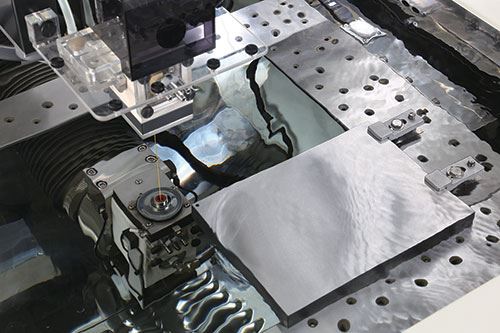
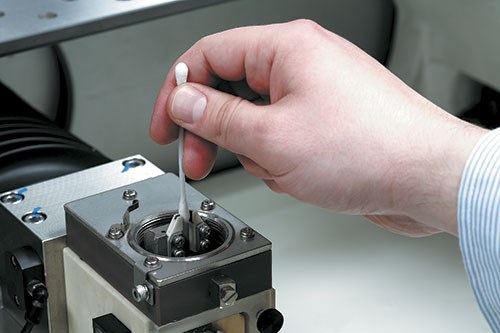
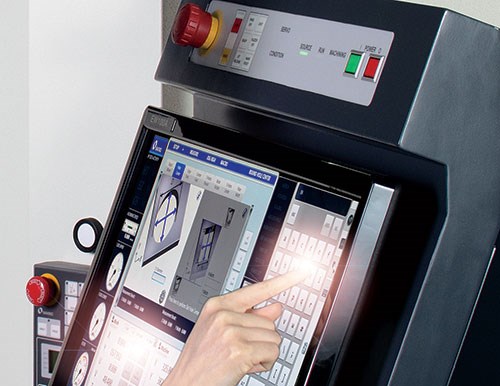
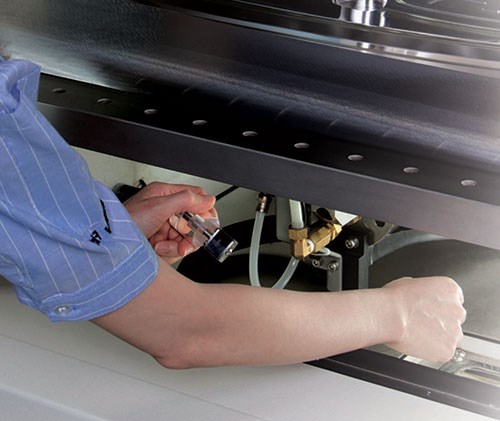
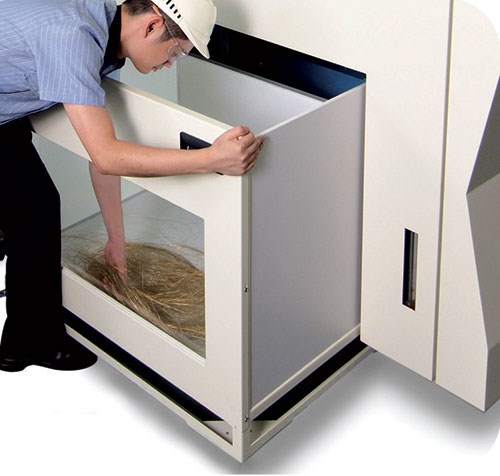













.jpg;maxWidth=300;quality=90)




